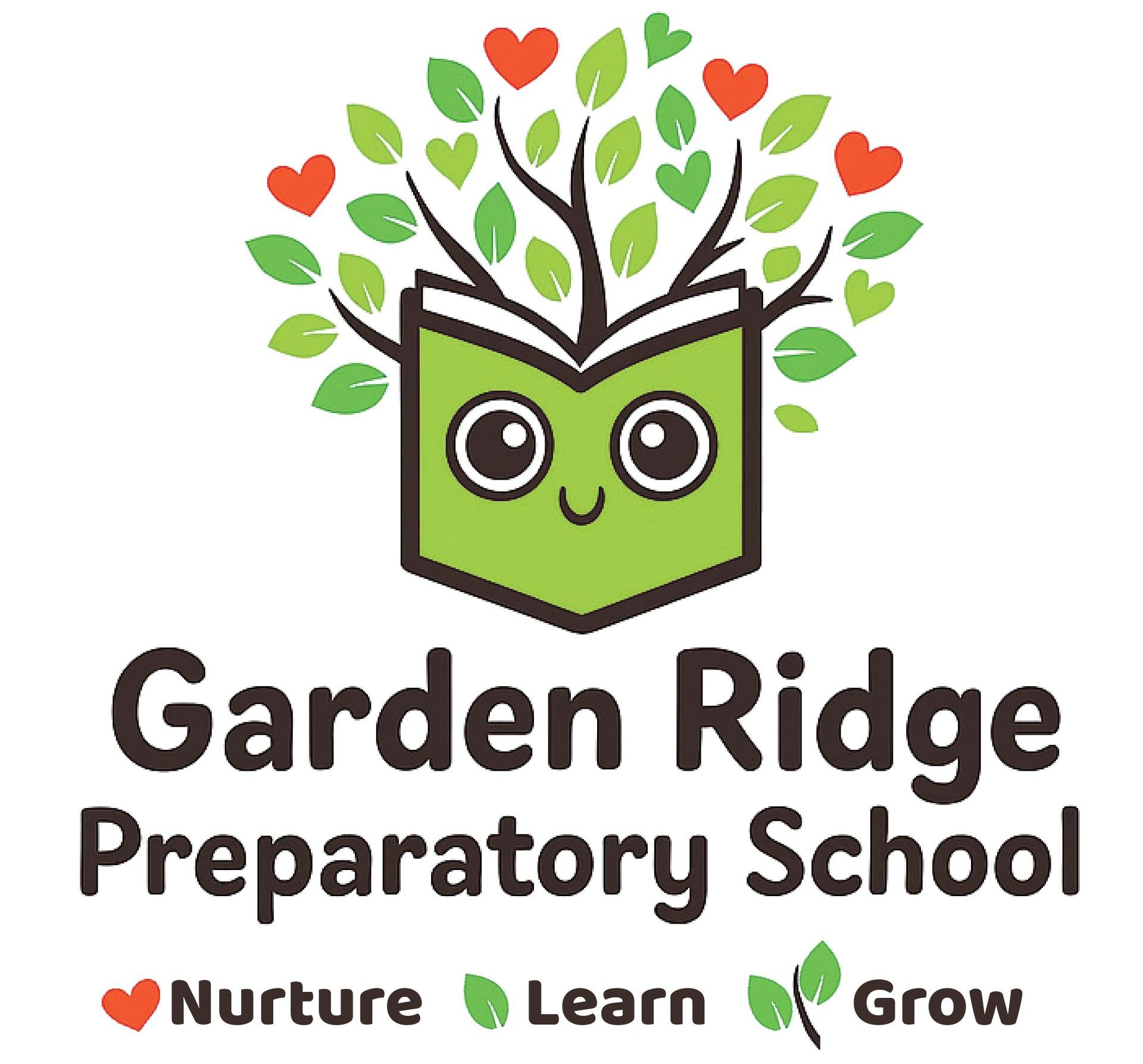Our History: A Legacy of Excellence in Early Childhood Education
History
Garden Ridge Prep. School opened in May 1997 under the name Bright Horizon. The initial enrollment consisted of just three classrooms: infants/toddlers, two-year-olds, and three- to five-year-olds. Over the course of the following four years, Garden Ridge Prep. School saw a substantial amount of growth and expansion. In January 1998, a fourth classroom for infants six weeks to one year was added. In June 1998, a fifth classroom was added to accommodate a thriving community preschool program. On May 5, 2001, just 4 years after Garden Ridge Prep. School first opened its doors. The center moved to its present location, a custom-built facility, with eight classrooms filled by children from six weeks up to 12 years of age.
Mission Statement
The Garden Ridge Prep. School strives to provide a safe, developmentally appropriate environment for preschool and school-age children. Our focus is to provide a stimulating early care and education experience that promotes each child's social/emotional, physical, and cognitive development. Our goal is to support children's desire to be lifelong learners.
School Philosophy
At Garden Ridge Prep. School, we believe that children gain a sense of security from knowledge that there are consistent limits and that these limits are designed to nurture them and protect them. We recognize that each child is an individual. We provide an environment that promotes the complete development of children, preparing them to advance to a school-age education program.
Program Goals
We believe that good childcare depends upon consistent caregiving in a home-like atmosphere. Children grow and learn best in a safe environment that provides opportunities to explore, create, and communicate with other children and adults. These groups function independently but cooperatively, following routines appropriate to individual needs.
The program is designed to be inclusive of all children, including those with identified disabilities and special learning and developmental needs. The Center's program is designed to include both planned and spontaneous activities in response to children's interests. Experiences with music, movement, art, language, and building are incorporated into daily plans. Regularly scheduled snacks and meals, rest time, indoor and outdoor play, and routines in physical caregiving promote the child's health, comfort, and ability to care for him/herself. There is maximum flexibility for the children as a group and as individuals. Children are encouraged to develop a positive self-image, to learn inner controls, and to cooperate with peers and caregivers.
